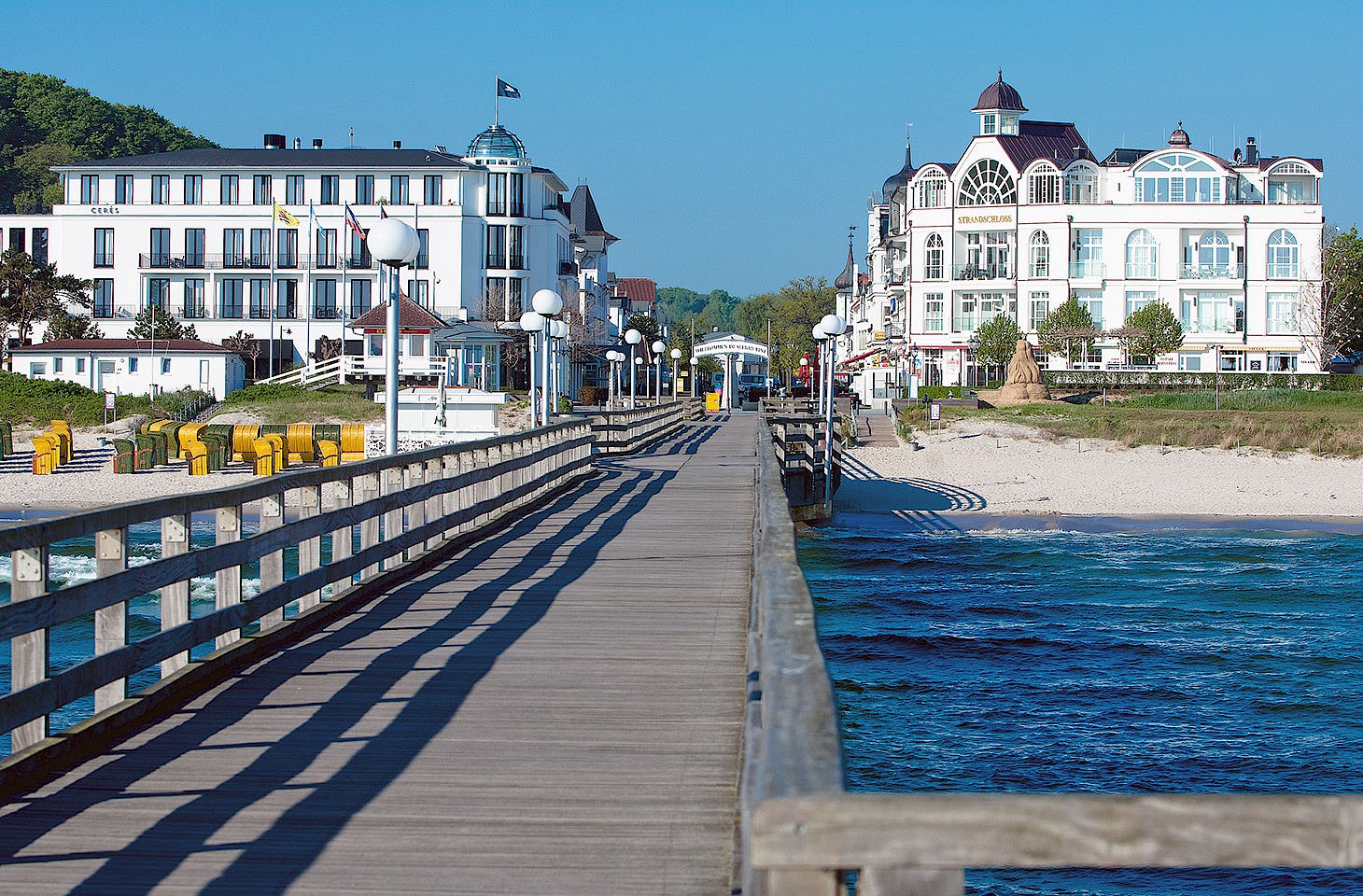Dear fellow travellers
Travelling through north-east Hungary earlier this month, we could so easily have missed Sárospatak. It was a drizzly Sunday afternoon and we turned off the main road merely on a whim.
Sárospatak was to us little more than a name on a map. Of course we knew something of the Calvinist traditions of eastern Hungary - a part of the Habsburg realm where the ripples of the Reformation captured the local imagination.
Hungary has never been quite so uniformly Roman Catholic as some stereotypes suggest. That is also true today. Budapest still hosts the largest synagogue in Europe; there are lively Greek-Catholic (Uniate) parishes across the country; more than ten per cent of Hungarians are Calvinist, mainly in the eastern part of the country.
The city of Debrecen still clings fiercely to Reformist traditions and there the main square (called Kossuth tér) is dominated by a huge Calvinist church. It is a very fine neoclassical structure, one that has long been a symbol of resistance against Habsburg might. During the Hungarian Revolution of 1848, it was in this magnificent church that Lajos Kossuth proclaimed Hungarian independence - 166 years ago today as it happens.
The second square in Debrecen is Kálvin tér, and that too has its monument to Debrecen's reforming zeal: the city's Calvinist college.
Sárospatak turned out to be a Debrecen in miniature. It, too, has a great Calvinist tradition and an impressive Calvinist college which has, for almost five centuries, served as a focal point for Sárospatak life. The town has long punched above its weight, consistently attracting radical and reform-minded thinkers. John Comenius, no less, was a professor at the Calvinist college.
Today Sárospatak has small town charm. It is hardly a bustling place. But a visit is a chance to understand the influence of the Rákósczi family, the local lairds (and Princes of Transylvania) who over many generations stood up to the prevailing tide of Habsburg opinion.
Sárospatak's free-thinking and liberal traditions have won it many friends over the years. One of those friends was the modernist Hungarian architect, Imre Makovecz, who had such a difficult time in the 1970s and 1980s at the hands of the Budapest government. He designed some of his finest buildings for Sárospatak.
Only after we came back home did we turn to Sándor Petöfi, Hungary's national poet, who so often wonderfully captures the spirit of communities across Hungary. Evidently he held Sárospatak in high regard. "Szent földnek”, he wrote of the town. "A Holy Land." He went on to remark that Sárospatak was "the lion's den of the Hungarian Revolution."
Nicky Gardner and Susanne Kries
(editors, hidden europe magazine)



